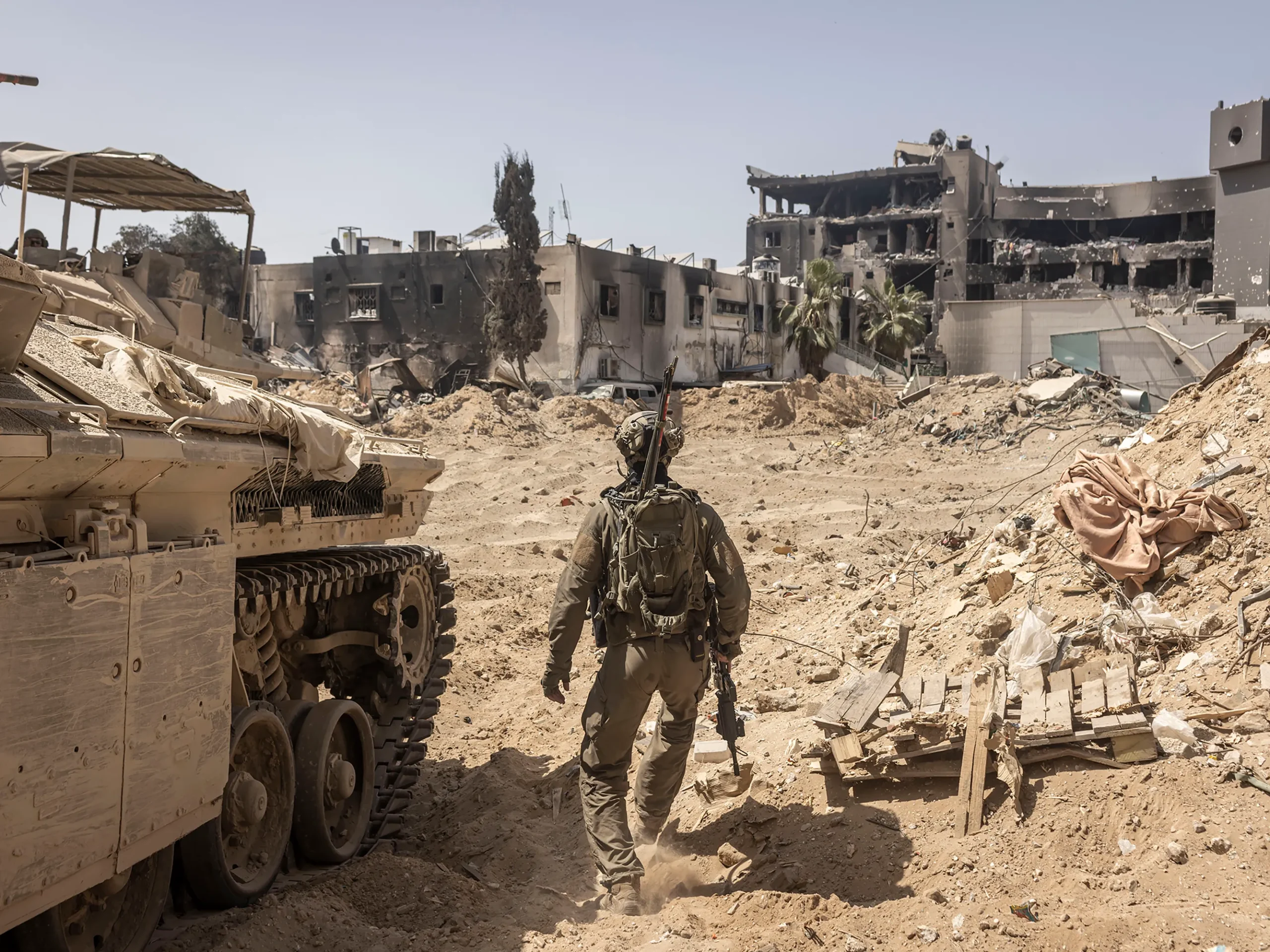During the early hours of June 12–13, 2025, Israel launched a sweeping military operation (codenamed Operation Rising Lion) targeting Iranian nuclear
During the early hours of June 12–13, 2025, Israel launched a sweeping military operation (codenamed Operation Rising Lion) targeting Iranian nuclear and military sites deep inside Iran . It was the most extensive strike in decades—including more than 100 sites: nuclear facilities at Natanz, Esfahan, and possibly Fordow, as well as missile bases in Kermanshah, and even residences of senior officials . Satellite imagery confirmed that Israel struck advanced centrifuges at Natanz’s enrichment plant .
Casualties: Iran reported 78 dead—including at least 20 senior commanders and 9 nuclear scientists . Among the high-profile figures allegedly killed were IRGC Chief Hossein Salami and Armed Forces Chief Mohammad Bagheri
Iran retaliated immediately, launching over 150 ballistic missiles and more than 100 drones toward Israel in what they called Operation True Promise III . Missiles rained down on Tel Aviv, Jerusalem, and strategic military sites—some evading the Iron Dome system. The result: at least 3–4 Israelis killed and dozens more injured; tens to hundreds wounded or displaced .
Sirens blared, shelters activated, and panic swept central Israel. The IDF responded by intercepting much of the barrage, while warning citizens to stay in protective zones .
Why It Happened – The Underlying Causes
1.Nuclear Proximity
Israel long viewed Iran’s nuclear program as a direct existential threat—a program Tehran insists is peaceful, but that is widely suspected to have weaponization potential . With U.S.–Iran talks on limiting enrichment underway, Israel preempted what it perceived as a narrowing window, opting for military action over compromise .
2.Strategic Timing
Prime Minister Netanyahu declared he would press until the threat is fully neutralized: “Operation Rising Lion will continue for as many days as it takes” . Israel also appears to have tested diplomatic cover first—reportedly coordinating or at least alerting the U.S. before striking .
3.Power Projection in the Region
This is the culmination of a long-term Israeli strategy that previously weakened Hezbollah in Lebanon. With Iranian-backed proxies increasingly constrained, Israel is now more directly confronting Tehran .
4.Iran’s Retaliation
For Iran, the assassination of top military and nuclear personnel crossed a major red line. Their missile-dense response—beyond symbolic—was designed to show resolve and deter future strikes .
The Historical Context — A Longstanding Hostility
•Decades of Rivalry: Dating back to the 1979 Iranian Revolution, Iran and Israel have clashed continuously—covertly and through various proxy groups like Hezbollah and Hamas in Lebanon, Syria, Gaza, and Iraq .
•The 2024–2025 Escalation: Since 2024, tensions spiked with direct missile exchanges—Operation True Promise II in October 2024 and drone strikes in April 2024—marking a shift from proxy conflicts to direct engagement .
•Nuclear Deadline Pressure: Negotiations have stalled. While Western powers sought a diplomatic accord, Israel deemed it insufficient, opting for military strikes to preempt a potential nuclear threshold .
Real-Time Updates & Repercussions
•Global Markets & Oil: Oil prices spiked 5–7% amid fears of broader Middle East conflict and shipping disruptions
•Diplomatic Alarm:
•The UN Secretary-General and major leaders from the UK, France, EU, as well as the Pope, urged restraint and crisis de-escalation .
•China condemned Israel for violating Iran’s sovereignty .
•The U.S. denied operational involvement, though it provided defensive support (e.g., missile intercepts) to Israel .
•Spread of Violence: Houthis in Yemen launched earlier missile strikes on Israel in May, showing how proxy actors in the region could further inflame the situation .
What’s Next – A Volatile Road Ahead
1.Extended Military Campaign
Netanyahu has warned that the operation will continue. Iran, in turn, has vowed persistent attacks—including possible targeting of U.S./UK/French facilities assisting Israel .
2.Proxy Spillover Potential
Other Iran-backed groups (Hamas, Hezbollah, Iraqi militias) could enter the fight, widening the scope beyond just Tehran–Jerusalem skirmishes .
3.Diplomatic Crunch Time
The UN peace conference on Israel–Palestine has been postponed over security fears, demonstrating how broader diplomacy is being derailed .
4.International Pushback vs. Hidden Support
While Western powers publicly urge calm, behind the scenes political backing—especially from the U.S.—may continue to favor Israel’s defensive posture. Meanwhile, Iran seeks new nuclear sites and covert support from allies
In Summary
This is not just another flare-up—this is the biggest direct military confrontation between the Middle East’s two arch-foes in over four decades. Driven by Israeli fears of a nuclear-armed Iran, an open military campaign launched, triggering massive missile exchanges, civilian casualties, and global anxiety. The region is teetering on the brink of broader escalation—with diplomatic efforts, global economics, and regional alliances all hanging in the balance.
For the everyday person, what this means is uncertainty—air raid alerts across Israel, skyrocketing energy prices worldwide, and a fragile global political patchwork struggling to prevent a wider war. As the smoke clears, one harder truth emerges: the entrenched cycle of mistrust, proxy warfare, and existential dread in the Middle East continues—now, more visibly and dangerously than ever.

COMMENTS